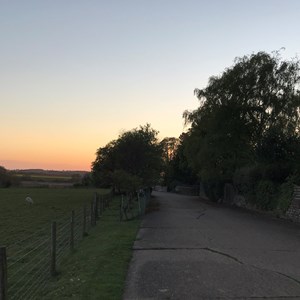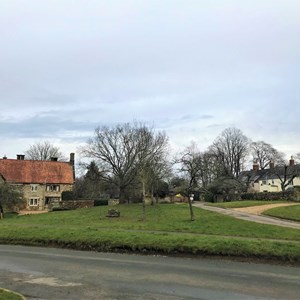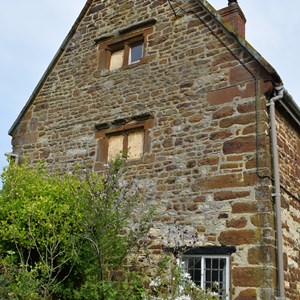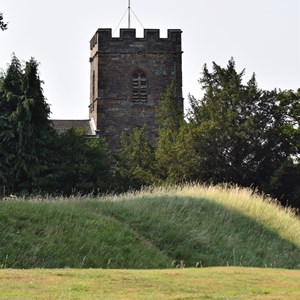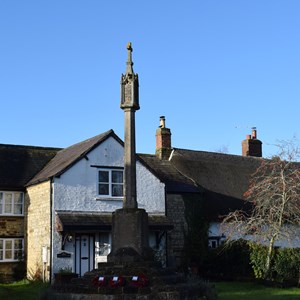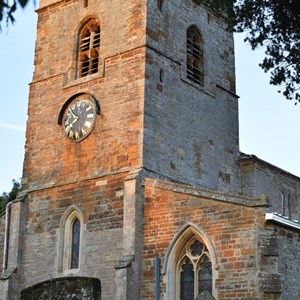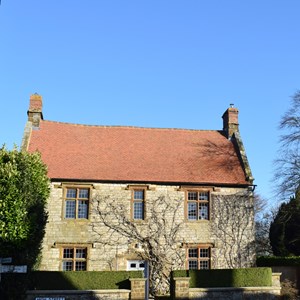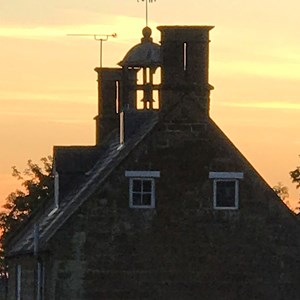History
A brief history of the village
Culworth occupies a hilltop in the south west of Northamptonshire, with views over two, almost three counties. Iron age settlers were some of the first to recognise a good defensive position. In the early 12th century a motte and bailey castle was built alongside the ancient trackway known as the Welsh Way. Herds of cattle and sheep made their way through Culworth to the markets of Northampton, Leighton Buzzard and London until the railway came through in the first half of the 19th century.
The village was once the base of the notorious Culworth Gang, who terrorised people for thirty miles around, until they were arrested and tried at Northampton. The name lives on in the village senior citizens' club but their activities are nothing like those of their namesakes!
The 13th century church has one of the prettiest churchyards anywhere in the county – many times winner or runner up in the Northamptonshire best-kept churchyard competition. One of the gravestones commemorates a family slave who died here in the 18th century, to the sorrow of all who knew him. The war memorial on the Green commemorates the dead of the last two wars; perhaps Culworth men fought at nearby Danesmoor or Edgecote in the Wars of the Roses? Most likely they were at Edgehill in the Civil War, for Danvers supported King Charles I. Tradition has it that Prince Charles (later Charles II) and Prince Rupert spent the night before battle at Culworth Manor.
There are still a number of working farms in the parish and several small businesses. From the 12th century there used to be a market in Culworth, and the auctioneers seat still sits on the Green, moved from its original position on the market cross base when the War memorial was erected, although the market is long gone. Nearby is Culworth Forge – often a thing of the past in villages, but here traditions of the past are combined with those of the present.
The Danvers family endowed Culworth Church of England School in 1789. A bell turret tops the stone house, which contained a schoolroom and lodgings for the teacher, and is still part of the primary school. The popular school serves children from surrounding villages.
Williams & Brown Families
